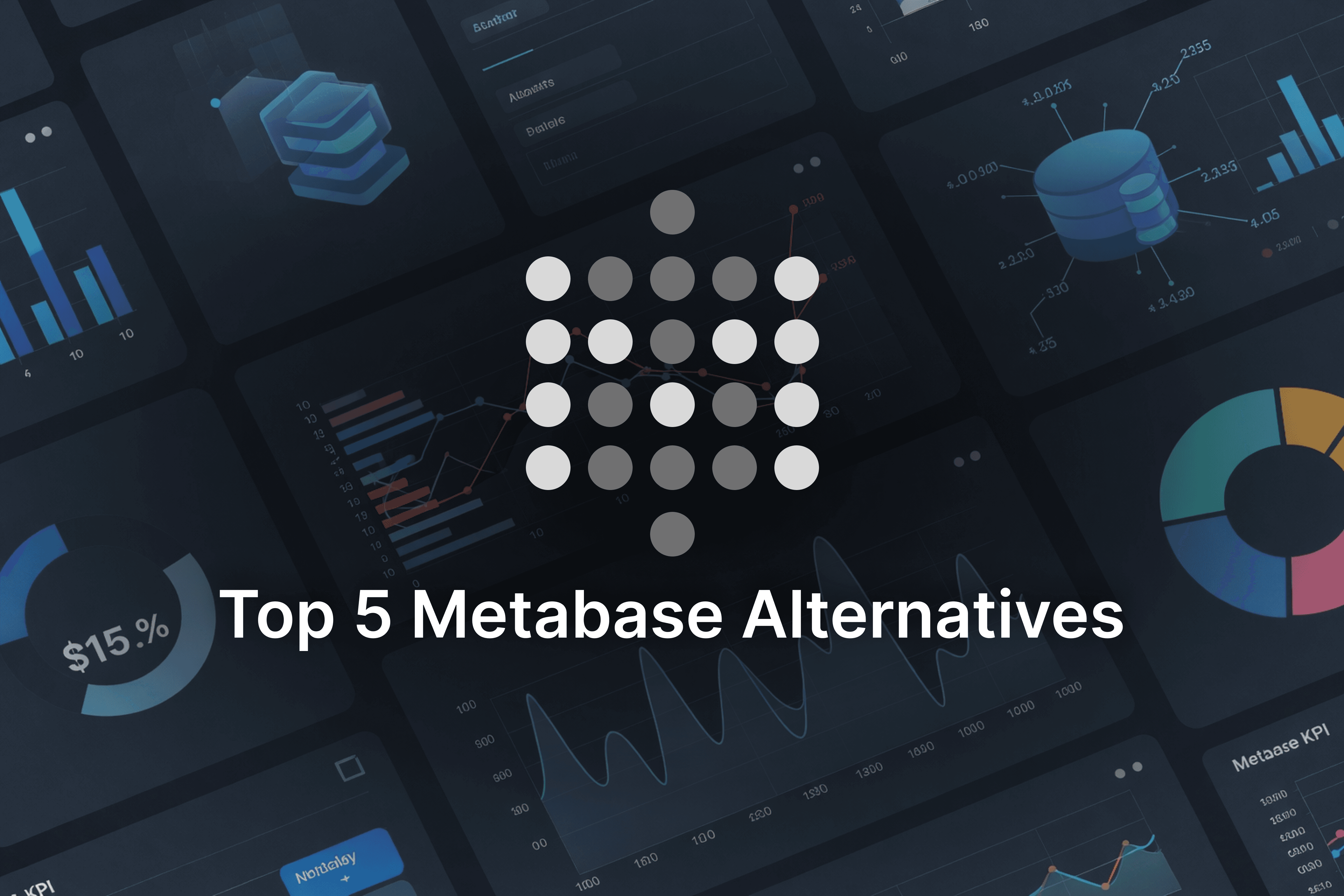If you’ve ever chatted with a virtual assistant or used a voice command to control your smart home, you’ve met conversational AI. This kind of artificial intelligence, using NLP interfaces, interprets, processes, and responds to human language in a natural and helpful way. Frankly, it’s gone from being a cool tech gimmick to something I rely on almost daily. Whether it’s for booking appointments, getting quick answers, or even helping my elderly parents navigate technology, the role of conversational AI has become central in my digital life. And as someone who’s watched this field evolve, I can honestly say that the leaps in usability, especially since 2020, are mind blowing.

Conversational AI and How Do NLP Interfaces Power It?
Let’s break that down. Conversational AI refers to a suite of technologies, like chatbots, voice assistants, and virtual agents, all powered by NLP interfaces. Natural Language Processing, or NLP, is what lets computers understand not just what you say, but what you mean. For example, telling your assistant, “Remind me to call John when I get home” that’s NLP doing the heavy lifting, understanding the intention and context.
In my own experience, the earlier versions were clunky. Odd misunderstandings and awkward phrasing made it easy to spot the difference between bot and human. But today’s NLP interfaces, especially those based on advanced models, are not only smarter, they are context aware, emotion sensitive, and multilingual. It sometimes truly feels like talking to a smart friend instead of a machine.
Why People and Businesses Love Conversational AI

The benefits? They are huge, and not just for tech enthusiasts. The global conversational AI market is set to reach $64.32 billion in 2025, almost tripling by 2030. Even more compelling, over 71% of tech leaders say their companies are actively investing in these tools. The reasons are clear:
Speed & Efficiency: Chatbots slash average handle times by up to 77%. That used to mean waiting in a support queue now, it’s instant service at any hour.
Scalable 24/7 Support: 80% of users value that these chatbots never sleep. I’ve personally gotten self help at midnight for my internet bill, instead of stressing until morning.
Multilingual Expansion: Companies get global reach without hiring armies of local agents. Multilingual NLP interfaces offer on the fly translation.
User Satisfaction: Smarter bots mean happier users, brands see tangible boosts in satisfaction and repeat interactions.
Business Impact: Many companies cite a 50 70% reduction in document processing times and billions saved in customer support hours.
Real World Success Stories: Where Conversational AI and NLP Shine
Everywhere I look, organizations are embracing conversational AI with remarkable results. In healthcare, chatbots now handle symptom triage and appointment bookings, reducing staff workloads and helping patients faster. My bank’s digital assistant now manages 90% of routine inquiries, and I never worry about being put on hold. Retailers have slashed support costs by 30% thanks to tailored, product specific bots. Even in education, automated tutors provide personalized feedback, correcting essays and guiding students, in ways I frankly wish I’d had as a student.
Challenges in 2025: Not Perfect, but Getting There
It’s not all smooth sailing. Sometimes, NLP misses the mark, especially with sarcasm, slang, or regional language quirks. There are privacy and ethical questions too, something that cannot be ignored as these systems handle sensitive data. Only 14% of companies enforce enterprise level AI assurance, so there’s still work ahead in governance and compliance. Still, I’ve noticed that the best systems learn from errors quickly, improving with real user input.
Latest Trends: What’s Really New with Conversational AI and NLP Interfaces in 2025?
If you’re curious about the cutting edge, here are some trends blowing my mind:
Emotionally Intelligent Chatbots: Bots now recognize tone and adapt their responses, making interactions much more friendly and human like. About 32% of customers especially value friendliness in chatbot responses.
Hyper Personalization: AI can now remember long term preferences, helping users in a way that feels tailored.
Multimodal AI: The future is not just text, bots are learning to interpret images, audio, and even video in the same conversation.
Democratized AI Development: No code and low code tools mean more people can build and customize these bots, not just programmers.
Real Business Results: Chatbots are expected to double in adoption, with the ROI and efficiency results to match; 74% of brands using chatbots report satisfaction with the outcomes.
Personal Take: Living with Conversational AI Every Day
I’ll admit, I was a skeptic at first. Early bots frustrated me with their robotic answers and limited understanding. But in the past year, I’ve seen systems get fast, adaptable, and, dare I say, likable. I’ve had late night conversations with health bots that eased my mind, navigated customer service channels in seconds, and even used NLP powered writing assistants that improved my own content.
Sure, there’s still a gap between human and AI conversation, especially when empathy is truly required. And yes, some sectors, especially anything sensitive, still need a real person. But as someone who experiences these tools daily, I now look forward to their help rather than dreading “talking” to a machine.
The Future: Ready or Not, Here Comes Conversational AI
Conversational AI and NLP interfaces are becoming less of a “nice to have” and more of a core infrastructure for businesses. The numbers don’t lie, the market is booming, users are warming up, and the technology only gets better by the week. If you haven’t yet interacted with an emotionally aware multilingual chatbot that actually solves your problem on the first try, you will soon. As we move forward, these systems will get even more context savvy and inclusive, reshaping how we all get things done, online and off.
Are You Ready for the Age of Smarter Conversation?
From my own daily life to the offices of industry leaders, the impact is clear, conversational AI powered by NLP interfaces is not a futuristic fantasy. It’s the present, and it’s working hard behind the scenes to make our digital conversations faster, easier, and more human.









